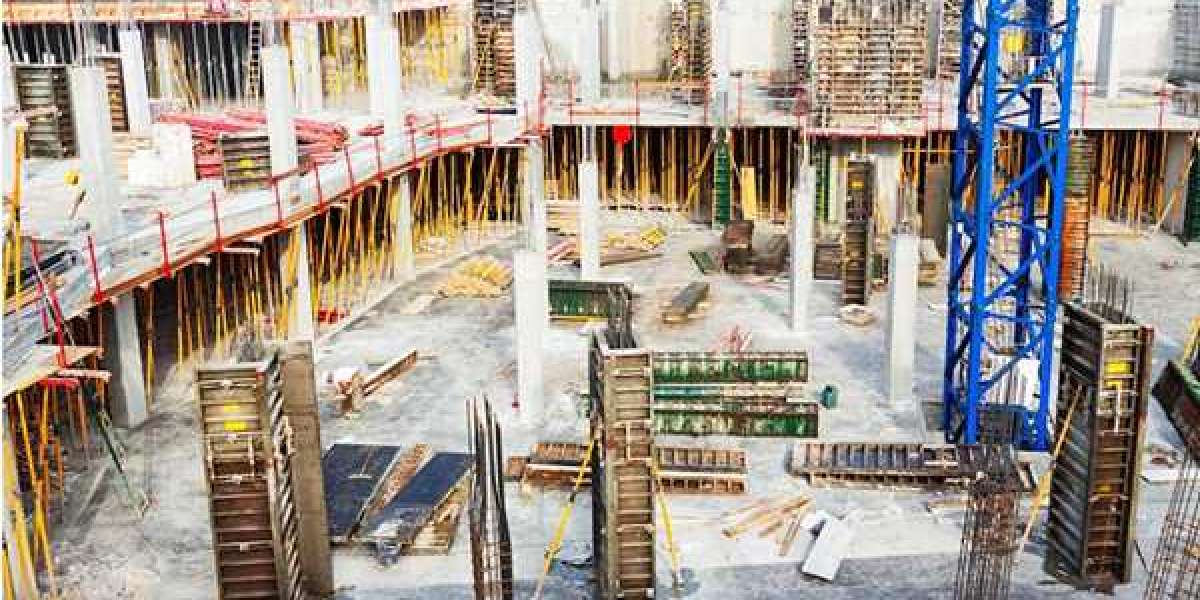Introduction to Tall Building Foundation
The construction of tall buildings and skyscrapers is a marvel of modern engineering, but the towering structures that captivate our attention would not be possible without a strong and stable foundation. Tall building foundation design is a critical component in ensuring the structural integrity and safety of these iconic buildings.
The design of a tall building foundation must take into account a multitude of factors such as the soil and rock conditions, building height, and weight distribution, as well as potential hazards like seismic activity or wind loads. Engineers and architects must work together to design a foundation that can support the weight of the building, resist external forces, and maintain stability over time.
Also Read : Types of Foundation in Construction
In recent years, advancements in technology and materials have led to innovative approaches to tall building foundation design, allowing for more efficient and cost-effective solutions. However, the complexities of designing a foundation for a skyscraper mean that expertise and careful consideration are still required to ensure the safety and success of these impressive structures.
Overview of factors that must be considered in tall building foundation design
The design of a tall building foundation is a complex process that requires expertise and careful consideration. One of the primary factors that must be taken into account is the soil and rock conditions at the building site. Soil and rock conditions can greatly affect the foundation design, as different types of soils and rocks have varying load-bearing capacities. For example, a building constructed on soft clay may require a deeper foundation to support the weight of the structure than a building constructed on solid rock.
Another important factor in tall building foundation design is the weight distribution of the building. The foundation must be designed to distribute the weight of the building evenly across the ground to prevent settling or shifting of the structure over time. This can be particularly challenging for tall buildings, which place a significant amount of weight on a relatively small area of land.
In addition to soil and weight distribution, engineers and architects must also consider potential hazards like seismic activity or wind loads when designing a tall building foundation. Buildings located in earthquake-prone areas may require foundation designs that can absorb and dissipate seismic energy, while buildings in areas prone to high winds may require additional reinforcement to withstand the forces generated by gusts and storms.
Advancements in technology and materials have led to new approaches to tall building foundation design in recent years. For example, the use of deep foundation systems like piles and caissons can provide a more efficient and cost-effective solution for tall building foundations. These systems allow for the transfer of building loads to deeper, more stable soil layers, reducing the amount of excavation and concrete required for the foundation.
Conclusion
In summary, tall building foundation design is a crucial aspect of constructing safe and stable skyscrapers. Engineers and architects must consider a variety of factors, including soil and rock conditions, weight distribution, and potential hazards, when designing a foundation for a tall building. The use of innovative technologies and materials can help to optimize the foundation design, ensuring the success of these impressive structures for years to come.


No comments yet